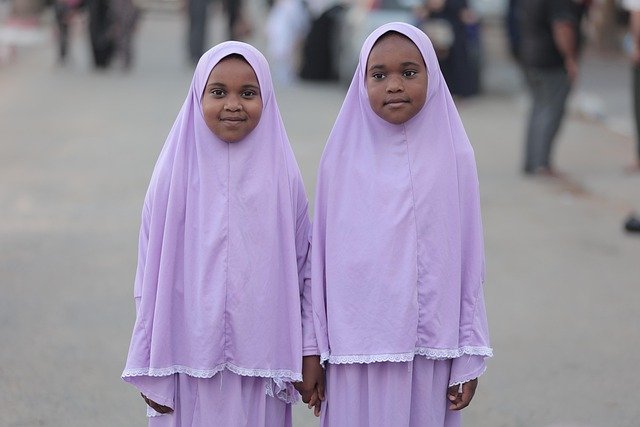Youth Voices: Civic Participation in a Changing World
Young people are shaping civic life in diverse, changing contexts—bringing new priorities, forms of organization, and perspectives to public debate. This article explores how demographic shifts, migration, inclusion, urbanization, education, healthcare, connectivity, culture, and mental health shape youth participation and the resilience of communities worldwide.

How do demographics and aging shape youth participation?
Shifts in population structure influence how young people engage civically. In many regions, a growing youth cohort demands greater attention to education, employment, and housing, while aging populations can change policy priorities and intergenerational dynamics. Demographics affect the size of youth electorates, the intensity of volunteerism, and the framing of public debates. Where youth are a large share of the population, movements and grassroots organizing often gain momentum; where aging populations dominate, youth concerns may struggle for visibility. Understanding these patterns helps explain why strategies for inclusion and outreach must be tailored to local demographic realities and to intersectional inequalities.
How does migration and displacement affect civic voice?
Migration and displacement reshape communities and the pathways for civic participation. Migrant youth may face legal, linguistic, or documentation barriers that limit formal political engagement, even as they contribute to local economies and cultural life. Displacement can interrupt education and healthcare access, which in turn affects long-term civic capacity. Conversely, diaspora networks often foster transnational activism, remittance-based support, and information flows that influence home-country politics. Inclusion strategies—such as language support, legal aid, and community-based organizations—can help ensure migrant and displaced youth have opportunities to participate meaningfully in public life.
How can inclusion and inequality be addressed in civic spaces?
Addressing inequality requires targeted efforts to remove structural barriers to participation. Inequality in income, education, and access to healthcare translates into unequal civic power and visibility. Inclusive approaches include participatory budgeting, youth councils with real decision-making power, and outreach programs that meet young people where they are—in schools, community centers, and online spaces. Intersectional policies that consider gender, ethnicity, disability, and socioeconomic status are essential. Effective inclusion also involves monitoring representation and outcomes so that policies reduce disparities rather than reproduce them.
What role do education and healthcare play in engagement?
Education equips young people with critical thinking, civic knowledge, and organizational skills that underpin sustained participation. Civic education, media literacy, and community service opportunities within curricula can improve understanding of democratic processes and public policy. Healthcare—particularly mental healthcare—affects the capacity to engage; unmet health needs, including mentalhealth challenges, can reduce participation and increase social isolation. Holistic policies that link education, healthcare, and social services create stable conditions for civic involvement and strengthen resilience in communities facing economic or environmental stressors.
How does urbanization, connectivity, and culture influence activism?
Urbanization concentrates young people in dense social networks where ideas spread quickly and movements can mobilize. Cities often provide more institutional resources—NGOs, cultural venues, and informal meeting spaces—while also presenting challenges like inequality and displacement. Connectivity through mobile devices and social media allows for rapid coordination, peer learning, and issue framing, but it can also fragment attention or enable misinformation. Cultural contexts shape which forms of activism are acceptable or effective; creative expression, music, and arts-based mobilization often bridge generational divides and expand civic imaginaries.
How do volunteerism, mental health, and resilience support involvement?
Volunteerism creates practical opportunities for skills development, social ties, and civic responsibility. Through volunteering, youth gain experience in leadership, service delivery, and collective problem-solving, building social capital that sustains long-term engagement. Attention to mental health is critical: stigma reduction, accessible counseling, and peer-support models can help young people remain active participants rather than withdrawing under stress. Resilience arises from networks, social protections, and adaptive institutions that absorb shocks like displacement or economic disruption, allowing youth-led initiatives to persist and evolve.
Conclusion
Youth civic participation is shaped by an interlocking set of forces—demographics, migration, inclusion, urbanization, education, healthcare, connectivity, culture, and wellbeing. Policies and programs that recognize these connections, prioritize equity, and invest in both services and civic platforms can strengthen young people’s voices. Understanding local contexts and supporting diverse pathways for engagement helps communities navigate change while amplifying the potential of youth to contribute constructively to public life.





